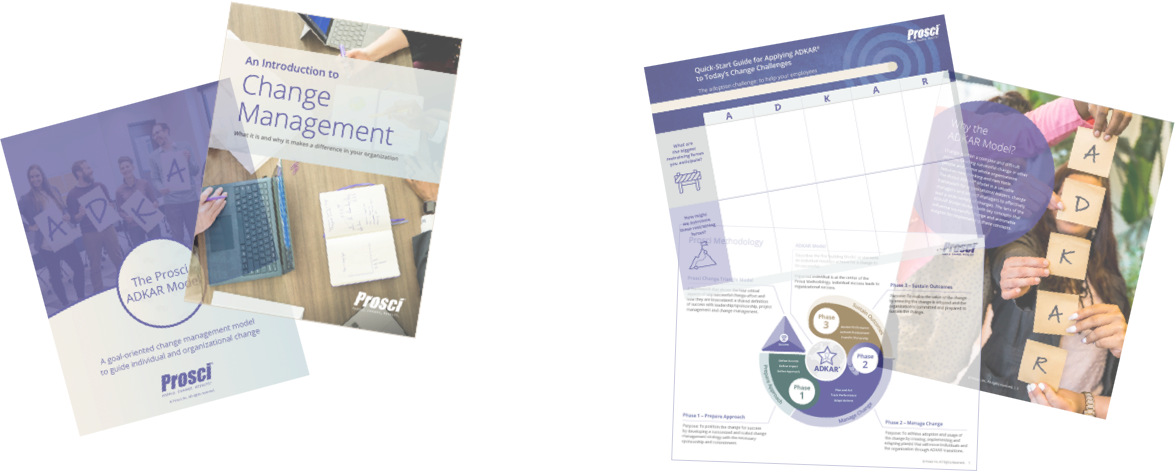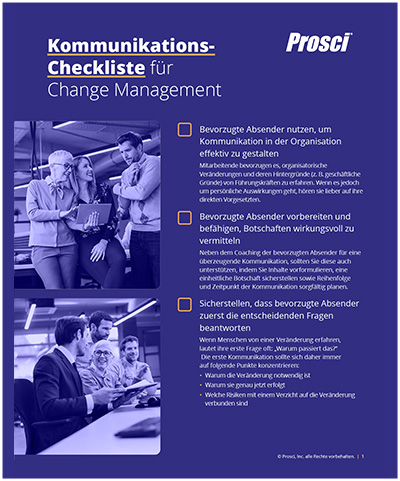

Unternehmen - 6 Minuten
Change Management für Nachhaltigkeit
Nachhaltigkeit ist längst kein bloßes "Nice-to-have" mehr – sie ist zu einer geschäftlichen Notwendigkeit geworden. Führungskräfte stehen zunehmend unter dem Druck von Aktionären und weiteren Stakeholdern, tragfähige Nachhaltigkeitsstrategien zu entwickeln und umzusetzen. Diese erfordern die tiefgreifende Integration nachhaltiger Praktiken in die Unternehmensstruktur. Um dabei erfolgreich zu sein, müssen Veränderungen strategisch und ganzheitlich auf Unternehmensebene gestaltet werden.
Artikel lesen ![]()
















